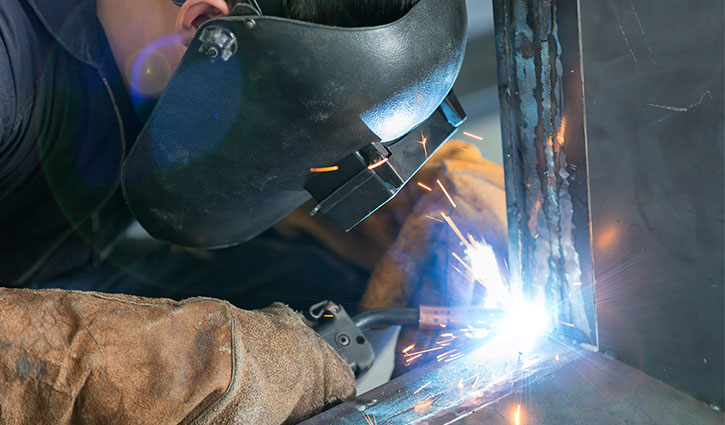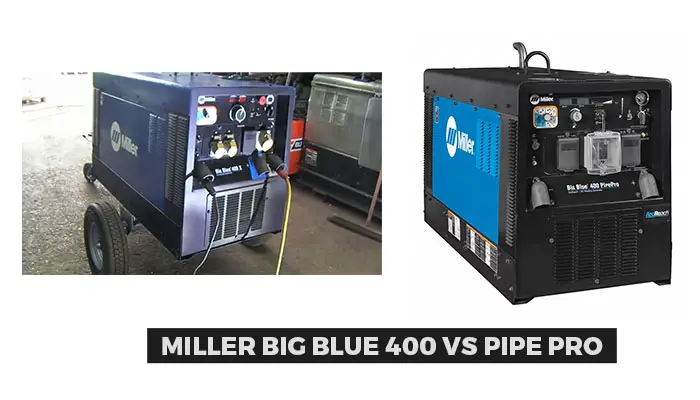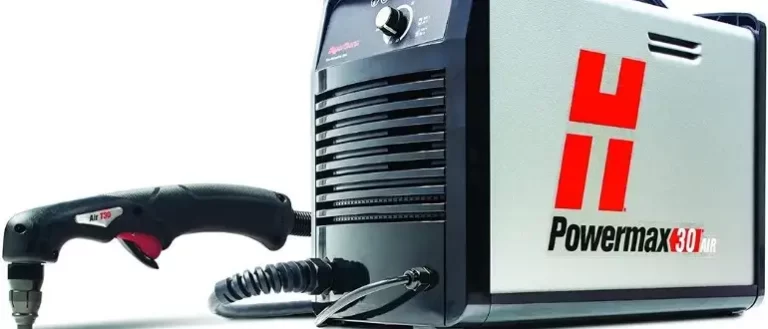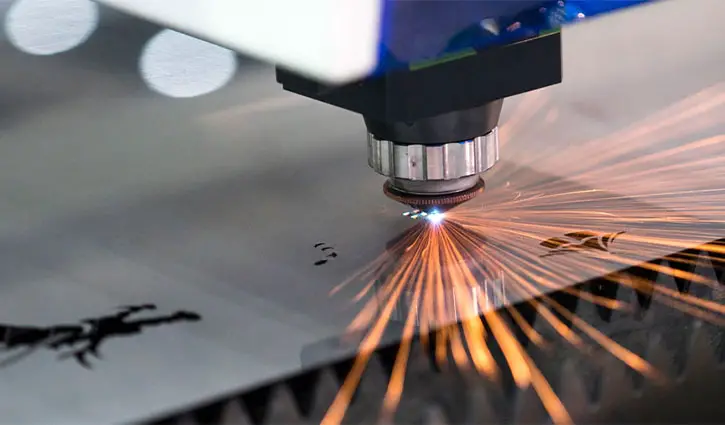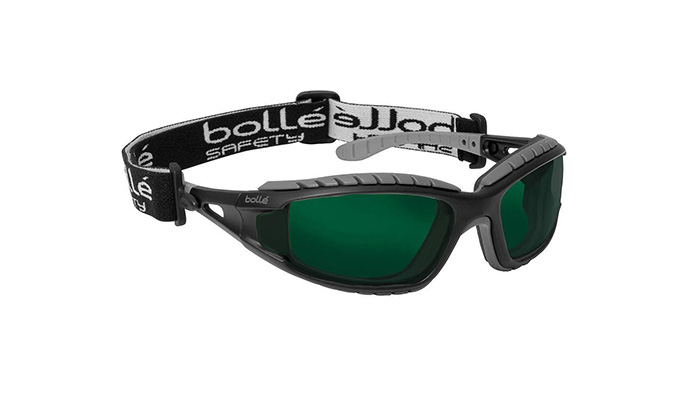CO2 Welding Process: A Step-By-Step Guideline
In the welding process, many gases are considered worthy of use by a majority of welders. It is because typically; the welding gases make the process easy and fast.
The same is the case when it comes to gases like co2 as well. Using carbon dioxide gas in a welding process called co2 welding. One of the main reasons for using co2 gas in welding is, it is cheaper than other gases.
If you want to know about co2 welding process, we are here to help you out with everything you need to know about the welding process with co2 gas.
Table of Contents
What is CO2 welding?
CO2 is a common welding gas and it is a powerful gas and has a higher temperature tolerance than any other welding gas. It is reactive while welding with metals.
Welding gas co2 is mainly used for steel welding, the heat up is faster, and penetration is deep into the metal. Co2 gas also minimizes consistency in the weld joints.
Co2 gas welding produces few heat exposures, making it a great choice for applications requiring precision.
Co2 welding process
The most common type of welding is called co2 welding, which uses carbon dioxide gas to join the pieces of metal. This welding process is used to join metal that is a few inches wide.
And here are the steps that CO2 welding goes through
Welding process:
Co2 welding is a process of joining two or more pieces of metal by melting the metal and then flowing it around the areas to be joined.
The welding process is used to create objects from large, complex pieces of metal to small pieces of metal that can be repaired or replaced. The co2 welding process is very dangerous because the gas is very hot and it can easily cause burns.
Gas Supply:
With CO2 welding, a gas cylinder is used to supply co2 welding gas. However, a gas-filled wire can be used for supplying co2 gas. While welding, a wire is set towards the weld pool of the metal to be welded by a welding torch.
Weld connection:
Constant voltage is being used during CO2 welding through the welding machine. This voltage produces a short circuit between the welding wire and the metals that are to be welded.
With the high temperature which is created by the short circuit, the welding edges start to melt down. Then the welding process started to weld with co2 gas.
Read More: Argon Vs Co2 Welding: A Complete Comparison
What are the 5 uses of CO2?
The following list is of some of the most important uses of co2 gas in various fields.
Welding
CO2 is the common reactive gas used in welding. And it is normally used in pure carbon dioxide form without adding any inert gas.
CO2 is less expensive than other common welding gases, which may help you to reduce additional material costs.
Fire extinguisher
Non-flammable CO2 gas is used in extinguishers under extreme pressure. This gas is one of the most common elements in fire extinguishers.
Preparation of washing soda
Washing soda is being made using Solvay’s process. To run this process the reaction of sodium chloride, ammonia, and co2 gas in water is needed.
Preparation of cold drinks
Co2 is a great choice in soda products. Because the carbon dioxide gas easily absorbs into a liquid.
Photosynthesis by vegetation
To run the photosynthesis process, plants intake co2 and water (H2O) from the air and soil.
Why CO2 is used in welding
Welding with co2 gas is mainly used in the fabrication industry. It is also used as a shielding environment.
In co2 welding, welding rods are continuing to feed from the feed roller to the welding nozzle.
In co2 welding, high-quality welds are obtained because of no slag. Co2 gas provides deep penetration, and thick materials are suitable for welding with co2 gas.
Verdict
There is no doubt that CO2 gas welding is the most efficient welding process available.
It produces high-quality welds with little heat exposure, making it a great choice for applications where precision is required.
However, like any welding process, CO2 gas welding has its own set of pros and cons.


